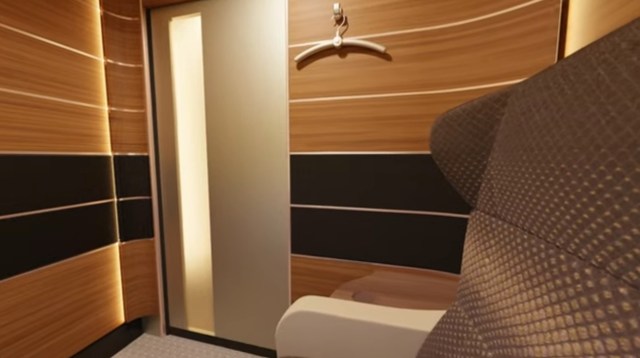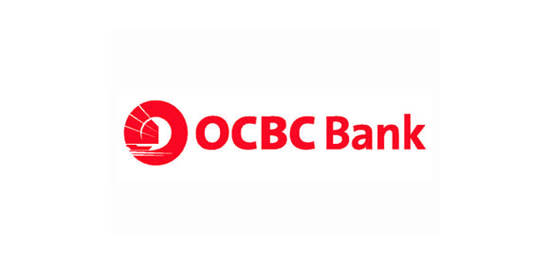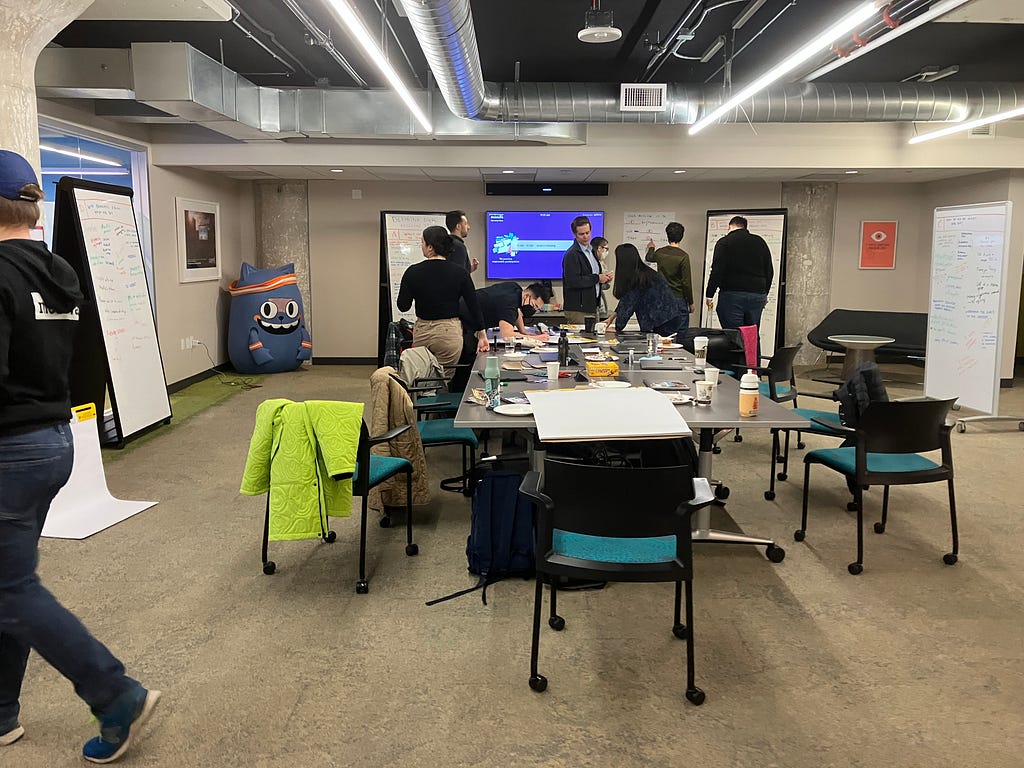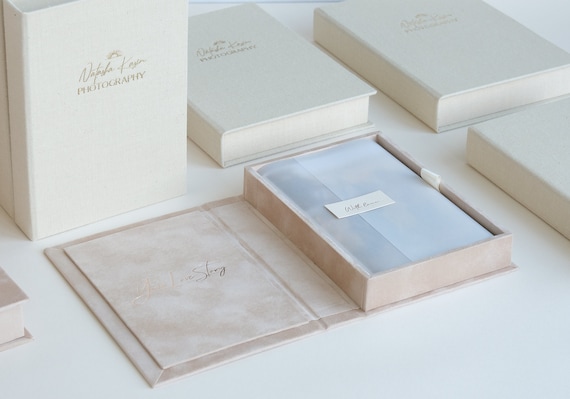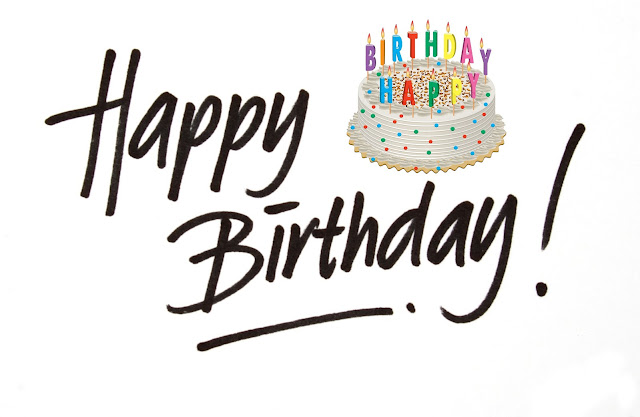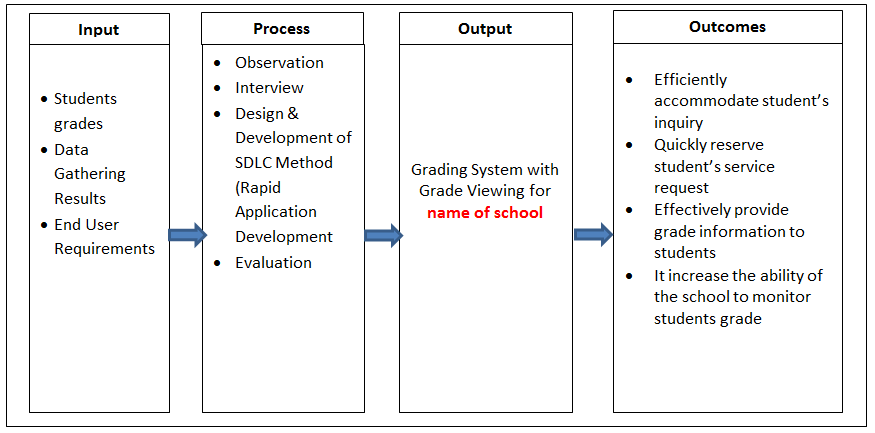Problem
WHO classified Elephantiasis as a ‘Neglected disease of the poor’ because there is so little research into this tropical disease and both allopathic pharmaceutical industry and Governments have ignored causation for too long. One third of the world’s LF patients live in India. Elephantiasis causes appalling disfigurement with estimated losses of $1 billion annually to rural economy5. Most patients are in villages disabled by their swollen legs and suffer repeated, additional fever episodes. Many were once their families’ bread winners.
Global
Global Alliance for Elimination of Lymphatic Filariasis (GAELF) is supporting LF elimination program through mass drug administration to over 470 million Indians who are at risk of infection. These drugs kill parasites circulating in blood and break disease transmission. But the drugs have little effect on the already swollen limbs. Morbidity control is not yet activated as a major part of the programme in GAELF & Drugs for neglected diseases initiative. Since disease affects poor private health care including the multinational pharmaceutical industry has little interest in managing these patients. Therefore elephantiasis patients are not offered effective treatments and are neglected.
Photo gallery of before and after treatment of Lymphatic Filariasis
![Before treatment & After treatment Before treatment & After treatment]()
![Before treatment & After treatment Before treatment & After treatment]()
![Before treatment & After treatment Before treatment & After treatment]()
Indian Scenario
An estimated 60 million people the world over suffer from this disease of which Asia alone accounts for 50 per cent. Out of 30 million filarial cases in Asia, there are 23 million in India accounting for 80 per cent of the Asian load. Out of the estimated 2.3 crore patients with disability due to LF, Bihar (17%), Kerala (15.7%), UP (14.6%) and Orissa are most endemic. The Indian states namely Andhra Pradesh, Bihar, Kerala, Karnataka, Orissa, Uttar Pradesh, Tamil Nadu, and West Bengal, contribute over 86% of MF carriers and 97% of disease cases in the country.
Background
What we want to do
Our past three years experience of treating filariasis patients shows that, by involving patients themselves in the programme, the same module may create wider impact. To achieve this, we are building a well–supported central training centre with adequate resources to train the patients, nurses’ doctors and NGOs from endemic rural areas. Those trained will form and develop local resource pools in each endemic area. We will also develop strong communication pathways to monitor and implementation in each endemic pocket through telemedicine and video conferencing. Local AYUSH doctors will be trained for supervision and guidance.
Locally, 10,000 elephantiasis patients would be empowered in Kasaragod within a period of 5 years. Entrepreneurs among them would be encouraged to take up the role of peer educators and to form self help groups of filariasis patients in their locality. They would be provided the required training for the same during their stay in IAD for their own treatment. In turn these patients would transfer the treatment know how to their peer filariasis patients in their own locality.
We intend to establish eight collaborating satellite centers across the country to treat the patients in their respective regions. This will be done with the help of local community partnership– patient support peer organizations or NGOs already in the health sector.
What we have and what is needed to make this dream come true
The work of constructing a 30 bedded rural hospital and training centre is already underway this has to be developed as a centre of excellence to train as many people as possible. The budget layout for this project is 1.50crore .We own a 12000 square feet land in the locality and were able to generate one third of the budget .We need a charity investment of 95 lacks to make this possible. Using non–technical skills and resources available to patients’ families and neighbors, our home therapy treatment is replicable in any country, however resource poor.700 patients are in waiting list to take this treatment is the evidence for demand for the service. We have successfully tested the PSPG concept in Kerala as a pilot programme.
How we did this – Methodology
Once a patient has attended for counseling, and decided to take treatment, their family is encouraged to join them for a short hospital/out patient therapy schedule during which they undergo treatment, and are trained to apply the treatment protocol correctly themselves at home after discharge.
Back home, they are encouraged to form local patient support groups, together with other patients, family members and friends. Initially, patient support groups work closely with IAD. Later they develop a network of local professional/institutional support for the minimum medical requirements of the programme. IAD’s integrative treatment programme requires only occasional visits to the doctor’s clinic. Most components involve traditional skin care needing few skills. Though compression bandages are the most expensive part of treatment, tying them is a self–help technique.
Most elephantiasis patients are in rural India disabled by their swollen legs. They also suffer repeated, additional fever episodes. Many were once their families’ bread winners. Increasing immobility caused by swollen, ugly legs & recurrent fevers makes them an economic burden. Our treatment reduces oedema, often allowing return to work. Currently an estimated 31 million Indians are infected, 23 million manifesting gross symptoms. The need for our programme is huge.
Results
Results calculated by Two Step Cluster analysis. It is an automatic analysis done by SPSS 16 when it considers that data available is large and sufficient. SPSS 16 classified data revealed 343 limbs as small, 146 limbs as large, 23 limbs as ‘Outlier cluster’ (medical records are maintained as number of limbs). We have not yet recognized a treatment failure in these 512 lymphodematous limbs as long as patients are concordant with the treatment program. The limbs gradually revert back to their non–treatment stage if they stop integrative treatment. The adverse events observed included allergic contact dermatitis to nalpamaradi oil used for IMLD in five limbs. About 10% of patients developed scattered sterile pustules over the massaged limbs. We observed that one third of patients discontinued the treatment after about nine months of initiation into therapy.
Analysis using SPSS 16 showed the volume reduction of 22.3% on 14th day, 30.8% on 45th day and 41.6% on 90th day of treatment for large limbs, for small limbs it was 11.1%, 24.3% and 31.8% respectively.
Recognition and Certificates
We have won the International Society of Lymphology President’s Prize, 2005, and a Gold Medal for our work on Ayurveda as Evidence Based Medicine, 2006. That year, the ICMR recognized our protocol as a “New Medical Development of India”. The Health Department of the Canadian Government has published our protocol on their official website (www.lymphovenous–canada). The official organs of International Society of Lymphology (USA) & International lymphodema framework (UK) have praised our treatment in their editorial.
For peer review we conducted three national level seminars, in which 125 former patients demonstrated the entire protocol to expert delegates from various national and international governmental and non–governmental scientific institutions.
Our treatment is a successful example of the Innovative Care for Chronic Conditions.
Sustainability plan
To further reduce therapy costs, we shall train traditional medical practitioners to prepare medicines and establish a nursing consultancy service, previously unknown in India, to train nurses to treat neglected chronic diseases like LF (nurses are too thinly spread out).
When former patients start treating others, it becomes self–sustaining. Successful implementation would persuade the educationists to include the same in the teaching curriculum in India’s 210 Ayurveda Medical Colleges and numerous paramedical & nursing colleges. It could even be taken up for world–wide by GAELF implementation under its morbidity reduction programme.
WHO classified Elephantiasis as a ‘Neglected disease of the poor’ because there is so little research into this tropical disease and both allopathic pharmaceutical industry and Governments have ignored causation for too long. One third of the world’s LF patients live in India. Elephantiasis causes appalling disfigurement with estimated losses of $1 billion annually to rural economy5. Most patients are in villages disabled by their swollen legs and suffer repeated, additional fever episodes. Many were once their families’ bread winners.
Global
Global Alliance for Elimination of Lymphatic Filariasis (GAELF) is supporting LF elimination program through mass drug administration to over 470 million Indians who are at risk of infection. These drugs kill parasites circulating in blood and break disease transmission. But the drugs have little effect on the already swollen limbs. Morbidity control is not yet activated as a major part of the programme in GAELF & Drugs for neglected diseases initiative. Since disease affects poor private health care including the multinational pharmaceutical industry has little interest in managing these patients. Therefore elephantiasis patients are not offered effective treatments and are neglected.
Photo gallery of before and after treatment of Lymphatic Filariasis



Indian Scenario
An estimated 60 million people the world over suffer from this disease of which Asia alone accounts for 50 per cent. Out of 30 million filarial cases in Asia, there are 23 million in India accounting for 80 per cent of the Asian load. Out of the estimated 2.3 crore patients with disability due to LF, Bihar (17%), Kerala (15.7%), UP (14.6%) and Orissa are most endemic. The Indian states namely Andhra Pradesh, Bihar, Kerala, Karnataka, Orissa, Uttar Pradesh, Tamil Nadu, and West Bengal, contribute over 86% of MF carriers and 97% of disease cases in the country.
Background
- The Institute of Applied Dermatology (IAD)a non profit oriented charitable NGO working in the field of health systems research developed a self care, home based, patient led, ethical and evidence based therapy combining Ayurveda, yoga therapy and biomedicine on a pathophysiological basis derived from biomedicine. IAD treatment reduces disability and lost working days of elephantiasis patients, many of whom are poor, through ‘Treatment empowerment’ and training.
- IAD demonstrated to peers the efficacy & scientific basis of integrated self care treatment in the two previous national seminars, This research was mentored by Emeritus Professor T J Ryan (Department of Dermatology, Oxford Medical School) and was supported as an extramural project of Kerala State Council for Science, Technology & Environment, Thiruvananthapuram (KSCSTE), during 2004–05. Both the Indian Council for Medical Research, New Delhi, (ICMR) & KSCSTE supported the peer review of this treatment protocol (pilot study) during the first National seminar on Evidence Based and Integrated Medicine for Lymphatic Filariasis, other Chronic Dermatoses and HIV/AIDS on February 200510. Later the International Society of Lymphology awarded its president’s prize to this study during the 20th international congress of Lymphology held at Brazil (2005) and ICMR discussed this protocol in the medical development congress (2006). This approach is supported by editorials in American & European journals. The brief details of this AYUSH intervention also appears on WHO’s web–based platform, Tropical Disease Research to foster Innovation and Knowledge Application (http://www.tropika.net), created for the acquisition, review and sharing of current information and knowledge on potential innovations for interventions and control of infectious diseases of poverty.
- Another lead group involved in the development of treatments for lymphodema in East and West, the International Lymphodema Framework, the Thames Valley University, London, joined with IAD to organize the 3rd national seminar in February 2008 to discuss the future strategies for morbidity management of lymphoedema in high prevalent nations. The focal theme was the development of strategies for morbidity control of LF in the endemic states by patient empowerment through creation of Patient Support Peer Group cooperatives (PSPG) using locally available AYUSH interventions and linking them to local AYUSH practitioners. This proposal has incorporated the recommendations on the focus theme of the 3rd National seminar that was supported by Government departments: ICMR, DST, KSCSTE and AYUSH
- The team also gained experience in treating 567 cases with varied presentations from different part of the endemic states like Andrapradesh, Tamilnadu, Kerala, Karnataka, Chhattisgarh, and Maharashtra by 14 days inpatient care in Kasaragod with an overall result of 95 % .We have evidenced based experience in treating 72 patients on Out patient basis with 90 % success rate
- We propose to conduct a pilot project by implementing the same protocol through the Patient support peer group cooperatives through distance management methodology using telemedicine technology. So that the the patients in remote areas of the endemic states can obtain the treatment without really travelling to the cities in search of expensive tertiary care facility.
- The protocol is developed by IAD. We have trained and experienced mutually oriented multidisciplinary team of doctors from Ayurveda, Allopathy and Homoeopathy and yoga therapists, messier and physiotherapists. We have an KPO agreement with a local hospital to use the facility to admit, treat and train the patients in Kasaragod.
- Besides developing a new, integrative, home care model for the morbidity control of lymphatic filariasis, the team also gained experience in treating 470 cases from different part of the endemic states like Andrapradesh, Tamilnadu, Kerala, Karnataka, Chatisgadh, and Maharashtra with varied presentations. We have also trained equal number of filarial affected families to take care of the sick at home. Nurses, Yoga therapists, Physiotherapists, compression providers, Doctors from Allopathy, Ayurveda and Homoeopathy are also been trained to implement the protocol,
- Our filariasis patients come from low income groups living in poor hygienic conditions. They suffer severe disability due to chronic leg swelling and acute filarial fever. Our low–cost, integrative treatment aims to reduce their morbidity and dependency on others, and to make them self–reliant.
What we want to do
Our past three years experience of treating filariasis patients shows that, by involving patients themselves in the programme, the same module may create wider impact. To achieve this, we are building a well–supported central training centre with adequate resources to train the patients, nurses’ doctors and NGOs from endemic rural areas. Those trained will form and develop local resource pools in each endemic area. We will also develop strong communication pathways to monitor and implementation in each endemic pocket through telemedicine and video conferencing. Local AYUSH doctors will be trained for supervision and guidance.
Locally, 10,000 elephantiasis patients would be empowered in Kasaragod within a period of 5 years. Entrepreneurs among them would be encouraged to take up the role of peer educators and to form self help groups of filariasis patients in their locality. They would be provided the required training for the same during their stay in IAD for their own treatment. In turn these patients would transfer the treatment know how to their peer filariasis patients in their own locality.
We intend to establish eight collaborating satellite centers across the country to treat the patients in their respective regions. This will be done with the help of local community partnership– patient support peer organizations or NGOs already in the health sector.
What we have and what is needed to make this dream come true
The work of constructing a 30 bedded rural hospital and training centre is already underway this has to be developed as a centre of excellence to train as many people as possible. The budget layout for this project is 1.50crore .We own a 12000 square feet land in the locality and were able to generate one third of the budget .We need a charity investment of 95 lacks to make this possible. Using non–technical skills and resources available to patients’ families and neighbors, our home therapy treatment is replicable in any country, however resource poor.700 patients are in waiting list to take this treatment is the evidence for demand for the service. We have successfully tested the PSPG concept in Kerala as a pilot programme.
How we did this – Methodology
Once a patient has attended for counseling, and decided to take treatment, their family is encouraged to join them for a short hospital/out patient therapy schedule during which they undergo treatment, and are trained to apply the treatment protocol correctly themselves at home after discharge.
Back home, they are encouraged to form local patient support groups, together with other patients, family members and friends. Initially, patient support groups work closely with IAD. Later they develop a network of local professional/institutional support for the minimum medical requirements of the programme. IAD’s integrative treatment programme requires only occasional visits to the doctor’s clinic. Most components involve traditional skin care needing few skills. Though compression bandages are the most expensive part of treatment, tying them is a self–help technique.
Most elephantiasis patients are in rural India disabled by their swollen legs. They also suffer repeated, additional fever episodes. Many were once their families’ bread winners. Increasing immobility caused by swollen, ugly legs & recurrent fevers makes them an economic burden. Our treatment reduces oedema, often allowing return to work. Currently an estimated 31 million Indians are infected, 23 million manifesting gross symptoms. The need for our programme is huge.
Results
Results calculated by Two Step Cluster analysis. It is an automatic analysis done by SPSS 16 when it considers that data available is large and sufficient. SPSS 16 classified data revealed 343 limbs as small, 146 limbs as large, 23 limbs as ‘Outlier cluster’ (medical records are maintained as number of limbs). We have not yet recognized a treatment failure in these 512 lymphodematous limbs as long as patients are concordant with the treatment program. The limbs gradually revert back to their non–treatment stage if they stop integrative treatment. The adverse events observed included allergic contact dermatitis to nalpamaradi oil used for IMLD in five limbs. About 10% of patients developed scattered sterile pustules over the massaged limbs. We observed that one third of patients discontinued the treatment after about nine months of initiation into therapy.
Analysis using SPSS 16 showed the volume reduction of 22.3% on 14th day, 30.8% on 45th day and 41.6% on 90th day of treatment for large limbs, for small limbs it was 11.1%, 24.3% and 31.8% respectively.
Recognition and Certificates
We have won the International Society of Lymphology President’s Prize, 2005, and a Gold Medal for our work on Ayurveda as Evidence Based Medicine, 2006. That year, the ICMR recognized our protocol as a “New Medical Development of India”. The Health Department of the Canadian Government has published our protocol on their official website (www.lymphovenous–canada). The official organs of International Society of Lymphology (USA) & International lymphodema framework (UK) have praised our treatment in their editorial.
For peer review we conducted three national level seminars, in which 125 former patients demonstrated the entire protocol to expert delegates from various national and international governmental and non–governmental scientific institutions.
Our treatment is a successful example of the Innovative Care for Chronic Conditions.
Sustainability plan
To further reduce therapy costs, we shall train traditional medical practitioners to prepare medicines and establish a nursing consultancy service, previously unknown in India, to train nurses to treat neglected chronic diseases like LF (nurses are too thinly spread out).
When former patients start treating others, it becomes self–sustaining. Successful implementation would persuade the educationists to include the same in the teaching curriculum in India’s 210 Ayurveda Medical Colleges and numerous paramedical & nursing colleges. It could even be taken up for world–wide by GAELF implementation under its morbidity reduction programme.

